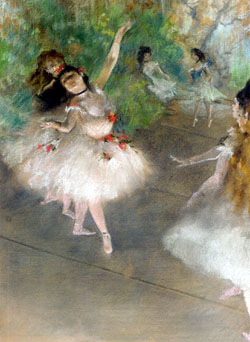what is an illuminations?
-an embellishment or additional decoration that enhances the pages of a written or manuscript page
-this term illumination comes from the term Illuminate, or to fill with light. This effect is achieved with the application of gold leaf to the letters and images, which reflect light and appear to glow.
-An illuminated letter was usually the first letter of a page or paragraph.
-It was always enlarge and in color with gold applied in areas, while the rest of the text remained black.
-The images used to enhance the letters include animals, plants, and mythological creatures...these images were modified to fit into or around the letter, or in some cases took on the shape of the letter itself.
history:
illuminations were ordered by kings and religious leaders to be added to various pages in order to add interest and importance to their appearance. recording of historical events was such an important task.
the egyptians were the first culture known to document events by use of Illuminated Manuscripts.
illuminations defined a time in history when the ability to read was sacred and reserved for religious leaders or those born of royal blood.
it was a great skill to create such items of beauty and these creations were important, it was a great time in history for artists.
3 Inspirational Artists
Degas
(Edgar Degas 1834-1917)
-born in Paris, France
-french painter, sculptor & printmaker who was prominent in the impressionist group
-his principal subject was the human--especially the female figure
-Degas is said to have influenced Picasso, Matisse...

Annie Leibovitz
(1949-)
-photographer
-born in Connecticut, one of six children
-influential work with Rolling Stone cover photography (decided on constant white background)
-also works with Vanity Fair magazine
-controversial work

Kandinsky
(Wassily Kandinsky 1866-1944)
-born in Moscow
-played musical instruments at an early age; the influence of music in his paintings cannot be overstated
-he enjoyed success not only as a teacher but also wrote extensively on spirituality, a subject that remained a great interest and ultimately exerted substantial influence in his work
-his work moved in a direction much greater than abstraction which was pioneered by the Impressionists.

































